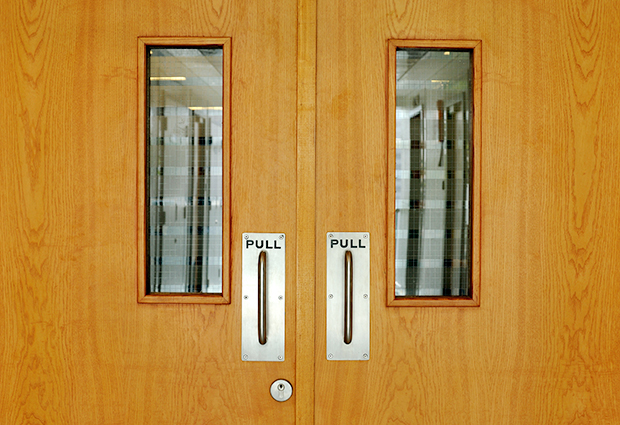
One hard pull
In yeast cells, the network of actin fibres that pulls the membrane inwards to form a vesicle has to pull harder than scientists thought, François Nédélec’s group in Heidelberg have shown.

In a paper published today in PLoS Computational Biology, postdoctoral fellow Serge Dmitrieff used mechanical equilibrium theory to predict the force needed to overcome a yeast cell’s internal pressure and bend its membrane inwards. Remarkably, his calculations show that the actin fibres have to exert a force that’s 2500 times the cell’s own weight. The approach also enabled the EMBL scientists to determine, on the computer, which elements of the cellular machinery are indispensable for the task. They found that after that initial, harder-than-expected pull, the membrane is unlikely to stop bending until the vesicle is formed. Dmitrieff and Nédélec also discovered that the neck of the budding vesicle doesn’t have to be ‘tied off’ by actin fibres to release the vesicle into the cell – removing a set of crescent-shaped proteins from the bud’s base is enough to do the trick.
The study builds on previous work in which John Briggs’ and Marko Kaksonen’s groups combined two microscopy techniques to follow changes in the shape of the cell’s membrane and track proteins thought to influence those changes.


